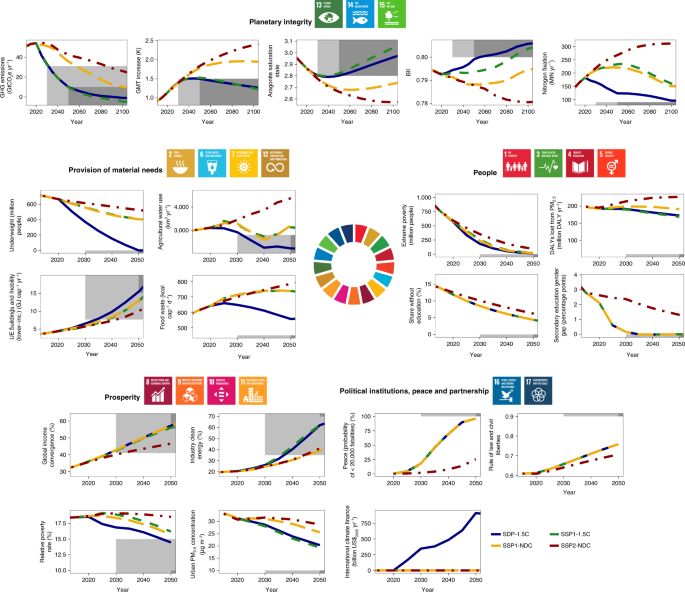Profit-seeking business remained very much the norm — America never went in for significant government ownership of the means of production — but businesses and businesspeople were subject to many new constraints. Taxes were high, in some cases as high as 92 percent; a third of the nation’s workers were union members; vigilant antitrust policy tried to limit monopoly power. And the government, following the ideas developed by Britain’s John Maynard Keynes, took an active role in trying to fight recessions and maintain full employment.
Samuelson did write a best-selling textbook that brought Keynesian economics — the idea that changes in government spending and taxes can be used to manage the economy — to American college classrooms. And his concept of the “neoclassical synthesis” — markets can work, but only with government-created guardrails — in effect provided the intellectual justification for the postwar economy.
Friedman, on the other hand, was very much a political animal; pretty much everything he did was aimed at restoring Gilded Age-style unrestrained capitalism.
And where are we now? If you look at the Biden administration’s proposals — which are for the most part very popular, although their legislative fate is uncertain — they’re pro-market, but involve substantial government spending and regulation in an attempt to tilt the arc of markets toward social justice. In other words, they sound a lot like what Paul Samuelson was saying decades ago.

www.foodsafetynews.com



